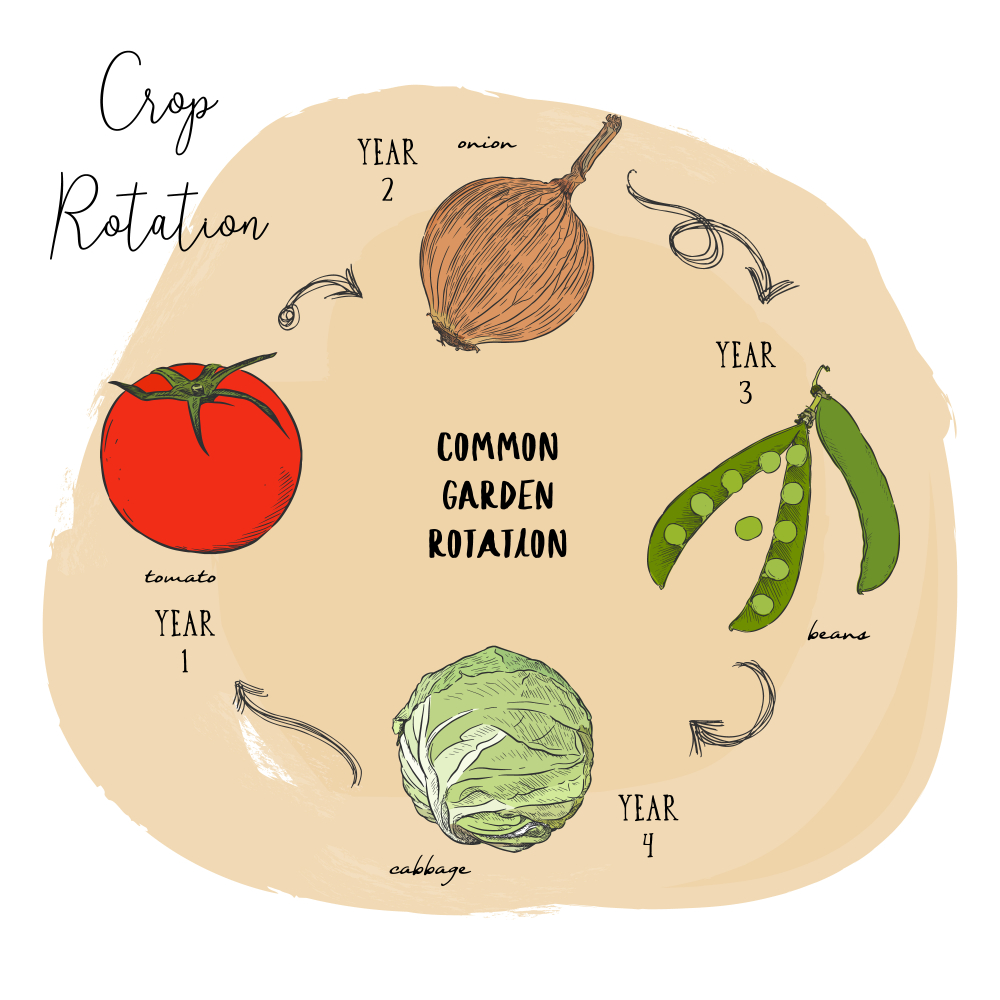

Galaxy Petunias are a popular variety of petunia known for their large, star-shaped flowers in vibrant shades of pink, purple, and red. The blooms are produced in abundance and cover the plants with a profusion of color. The leaves are medium green, slightly toothed, and slightly wrinkled, with a velvety texture. Galaxy Petunias are vigorous growers and are often used as bedding plants, in hanging baskets, or as garden accents.
How to Grow Galaxy Petunia from Seed
Growing Galaxy Petunias from seed is a relatively straightforward process. Here are the steps:
- Start the seeds indoors about 8-10 weeks before the last frost date in your area. Fill seed trays or pots with a high-quality seed-starting mix and press the seeds into the surface. Cover with a thin layer of soil and water well.
- Place the seed trays or pots in a warm location with bright, indirect light. The ideal temperature for germination is 70-75°F (21-24°C).
- Keep the soil evenly moist, but not waterlogged, until the seeds have germinated, which typically takes 7-14 days.
- Once the seedlings have emerged, provide bright, direct light and maintain a consistent temperature of 60-65°F (15-18°C).
- When the seedlings are big enough to handle, transplant them into larger containers or into the garden after the last frost date has passed.
How to Grow Galaxy Petunia in Containers
- Choose a container that is big enough to accommodate the plants and has adequate drainage holes.
- Fill the container with high-quality potting soil and plant the petunias at the same depth they were growing at in their previous container.
- Water the petunias thoroughly after planting and keep the soil evenly moist, but not waterlogged, during the growing season.
- Fertilize the petunias every 2-3 weeks with a balanced, water-soluble fertilizer to promote healthy growth and abundant blooms.
- Pinch back the tips of the petunias regularly to encourage bushier growth and more blooms.
How to Propagate Galaxy Petunia?
- Choose a healthy, mature stem from the parent plant and cut it just below a node (a bump on the stem where leaves grow).
- Remove the leaves from the lower part of the stem and dip the cut end into rooting hormone powder.
- Fill a small container with a mixture of equal parts perlite and peat moss and moisten it.
- Make a hole in the center of the container and insert the cut stem. Firm the soil around the stem to support it.
- Place a plastic bag over the container to create a mini-greenhouse and keep the humidity high.
- Place the container in a bright location but away from direct sunlight and keep the soil moist.
- Check the cuttings every few days for signs of rooting, such as new growth or when the stem feels firm when gently tugged.
- When the cuttings have rooted, remove the plastic bag and continue to care for them as you would mature Galaxy Petunias.
Common Problems with Galaxy Petunia?
- Powdery mildew: This fungal disease appears as a white powdery growth on the leaves and stems of the plant. To prevent powdery mildew, provide good air circulation and avoid overhead watering.
- Overwatering: Overwatering can cause root rot, which can be fatal to Galaxy Petunias. Water only when the top inch of soil is dry, and make sure the container has adequate drainage.
- Pest infestations: Galaxy Petunias are vulnerable to common houseplant pests such as spider mites, whiteflies, and aphids. Keep an eye out for these pests and treat them promptly to prevent damage to your plants.
- Stunted growth: Galaxy Petunias need bright, indirect light to thrive. If the plant is not getting enough light, it may become leggy and the growth may be stunted.
How to Bloom Galaxy Petunia?
- Provide adequate light: Galaxy Petunias need bright, indirect light to thrive and produce abundant blooms. Place them near a window with east, west or south exposure, or supplement them with fluorescent or LED grow lights if needed.
- Fertilize regularly: Regular fertilization is key to keeping Galaxy Petunias healthy and producing lots of flowers. Use a balanced, water-soluble fertilizer every 2-3 weeks during the growing season.
- Deadhead regularly: Regular deadheading (removing spent flowers) will encourage your Galaxy Petunias to continue producing new blooms. Simply pinch off the spent flowers just above the first set of leaves.
- Avoid over- or under-watering: Galaxy Petunias need consistent moisture, but they also need good drainage to prevent root rot. Water the soil when the top inch is dry, and let the soil dry out slightly between waterings.
FAQs Related to Galaxy Petunia
- How often should I water my Galaxy Petunias? Answer: Galaxy Petunias need consistent moisture but also good drainage to prevent root rot. Water the soil when the top inch is dry and let the soil dry out slightly between waterings.
- How much light do Galaxy Petunias need? Answer: Galaxy Petunias need bright, indirect light to thrive and produce abundant blooms. Place them near a window with east, west or south exposure or supplement with fluorescent or LED grow lights if needed.
- How should I fertilize my Galaxy Petunias? Answer: Use a balanced, water-soluble fertilizer every 2-3 weeks during the growing season to keep your Galaxy Petunias healthy and producing lots of flowers.
- Why are my Galaxy Petunias not blooming? Answer: If your Galaxy Petunias are not blooming, it could be due to inadequate light, over- or under-watering, or lack of fertilization. Make sure they are getting enough light, are being watered consistently, and are being fertilized regularly to encourage blooming.
- How can I prevent powdery mildew on my Galaxy Petunias? Answer: Powdery mildew is a fungal disease that can be prevented by providing good air circulation and avoiding overhead watering. Keep the leaves dry, and water the soil at the base of the plant rather than overhead.














